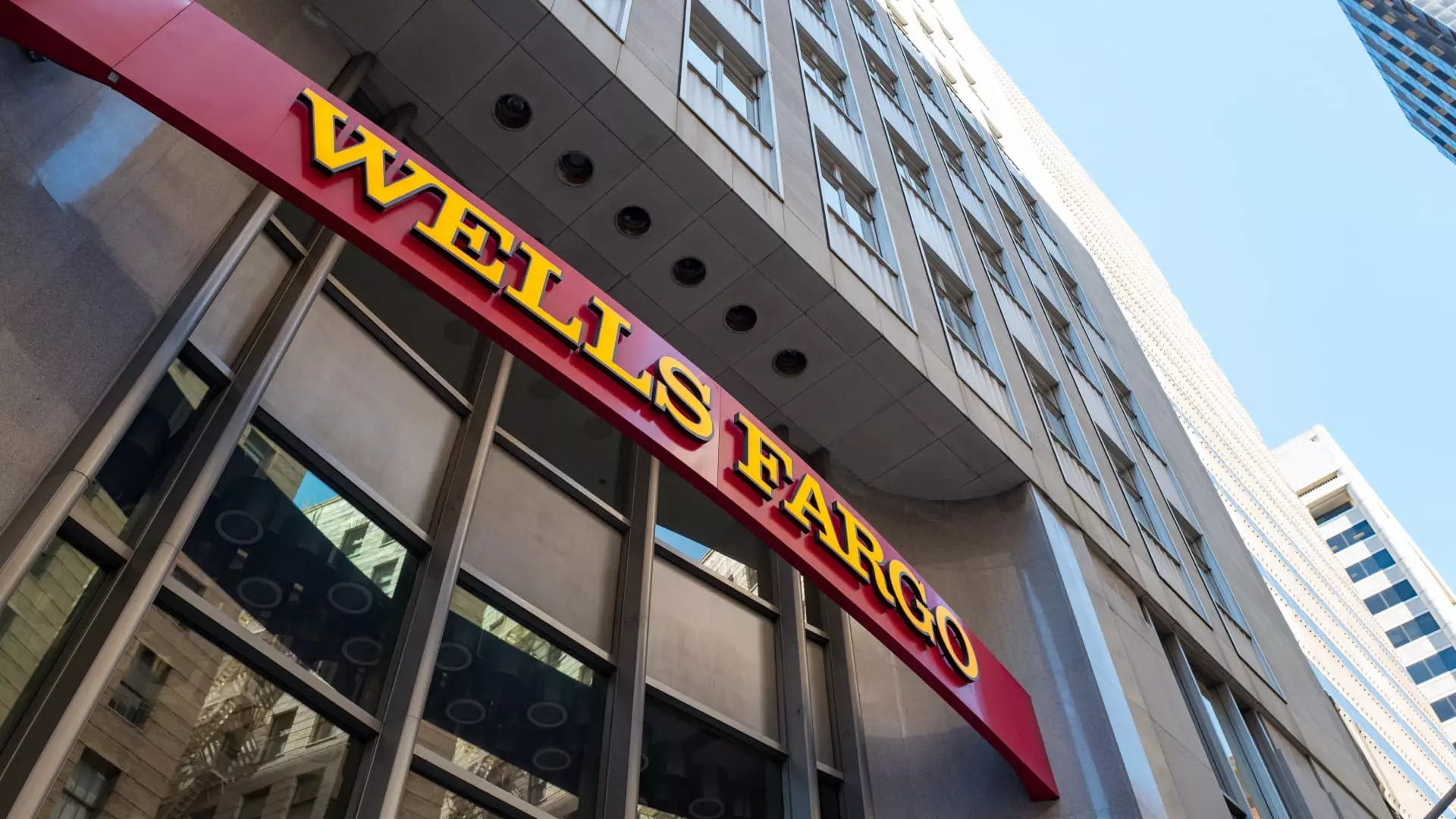Wells Fargo recently announced its fourth-quarter earnings, unveiling results that exceeded many analysts’ forecasts and sparked enthusiasm among investors. Despite a slight decline in total revenues, the bank’s strategic focus under CEO Charlie Scharf has paved the way for a promising outlook in 2025. The combination of competitive earnings and long-term growth projections has revitalized interest in Wells Fargo, positioning it as a compelling case of turnaround potential in the banking sector.
In the three months ending December 31, Wells Fargo reported total revenues of $20.38 billion, a 0.5% decrease from the same period the previous year. This figure fell short of analysts’ expectations, which pegged revenues at around $20.59 billion. However, the bank’s adjusted earnings per share (EPS) of $1.58 surpassed the consensus estimate of $1.35, presenting a solid overall performance. The GAAP EPS, reported at $1.43, reflected certain one-time items that temporarily impacted earnings. Notably, the adjusted EPS figure saw a corrective adjustment that saw analysts accounting for severance-related expenses, illustrating the meticulous nature of financial reporting.
Even with a subdued revenue trajectory, Wells Fargo shares climbed more than 7% following the earnings release. Trading at over $76 per share represents a revival of confidence among investors, as they appeared to look beyond the disappointing revenue and focus on the encouraging outlook for the future.
Charlie Scharf’s leadership has been transformative for Wells Fargo. Since his appointment, Scharf has spearheaded efforts to streamline operations, targeting a reduction of the legacy cost structure that plagued the bank. Notably, the bank has seen a decrease in non-interest expenses, which fell $1.9 billion year over year. This effort has not only mitigated expenditures but has also laid the groundwork for diversifying revenue streams, an essential goal in reducing dependence on net interest income (NII).
As the bank aims for sustainable growth, Scharf has prioritized improving risk management and enhancing control frameworks. This approach has garnered Wall Street’s confidence, allowing investors to embrace the broader implications of operational resilience despite short-term fluctuations. By targeting a sustainable return on tangible common equity (ROTCE) of 15%, the bank has reported a commendable ROTCE of 13.4% for the year 2024, indicating progress along this critical metric.
The ambiance surrounding Wells Fargo grew particularly optimistic with its guidance for 2025. Expectations of NII increasing between 1% and 3% portray an uplifting forecast, with the bank hinting at potential upsides beyond Wall Street’s previous consensus expectations. Analysts predict an environment of relative stability in the first half of the year, driven partly by anticipated interest rate cuts by the Federal Reserve.
The bank’s expense outlook looks promising as well, with management aiming to minimize costs while also planning for some strategic investments to bolster revenues. An expected reduction of gross expenses by $600 million indicates that while there may be initial investments needed in technology and human capital, the long-term strategy is one of efficiency and productivity enhancement.
As Wells Fargo navigates through a complex landscape influenced by industry peers like Bank of America and Citigroup, its investment banking division stands as a beacon for growth. Though currently restrained under a Federal Reserve-mandated asset cap dating back to 2018, management maintains that lifting this cap could usher in a wave of opportunities for the bank. Under the right conditions, including favorable regulatory shifts, Wells Fargo could engage more actively in mergers and acquisitions, as well as explore initial public offerings, thereby broadening its fee-generating capacity.
Scharf has demonstrated a commitment to addressing past issues while also positioning Wells Fargo for a more robust future. By executing a methodical approach to financial management and strategic investments, the bank is setting itself up for potential growth that aligns with the evolving banking landscape.
While Wells Fargo’s recent earnings report presented a mixed bag of results, the resilient leadership and strategic initiatives undertaken by Charlie Scharf have fostered renewed investor confidence. The focus on long-term goals, coupled with a robust outlook for 2025, showcases a clear narrative of transformation and potential. Should the bank continue to execute its strategy effectively, it stands to emerge stronger and more agile in an increasingly competitive environment, fulfilling the promise of its turnaround journey.

